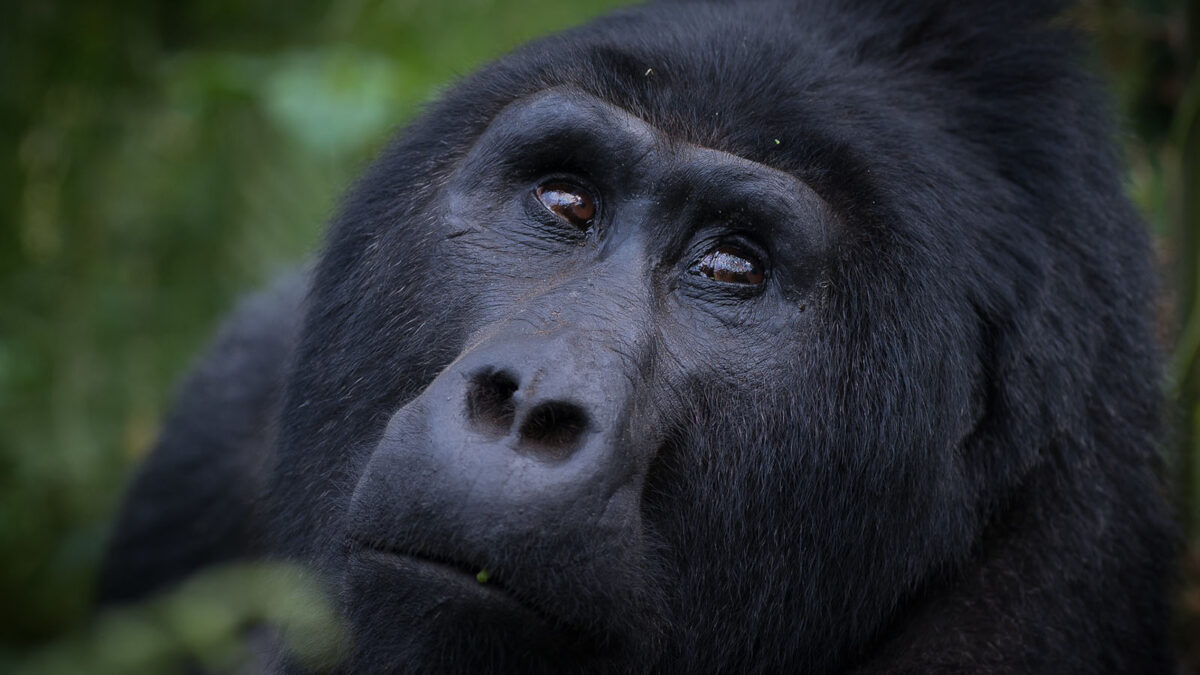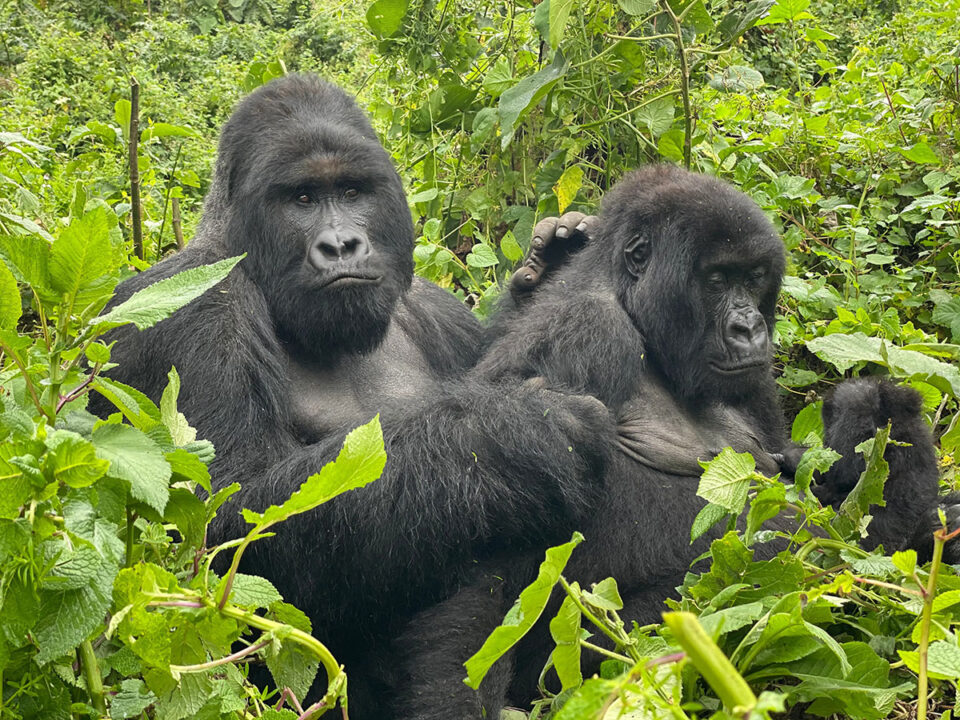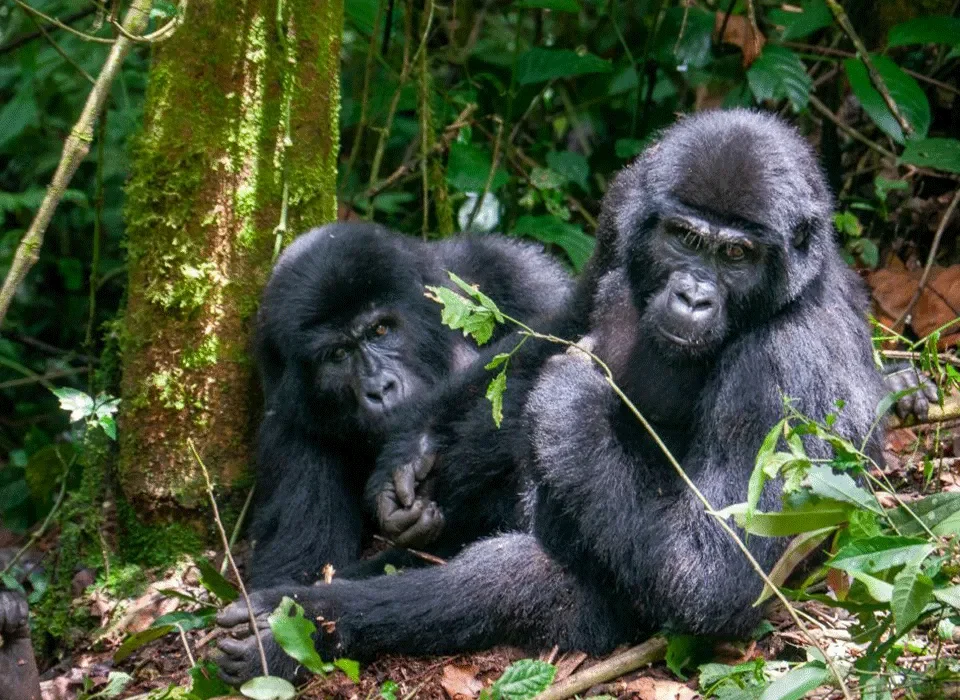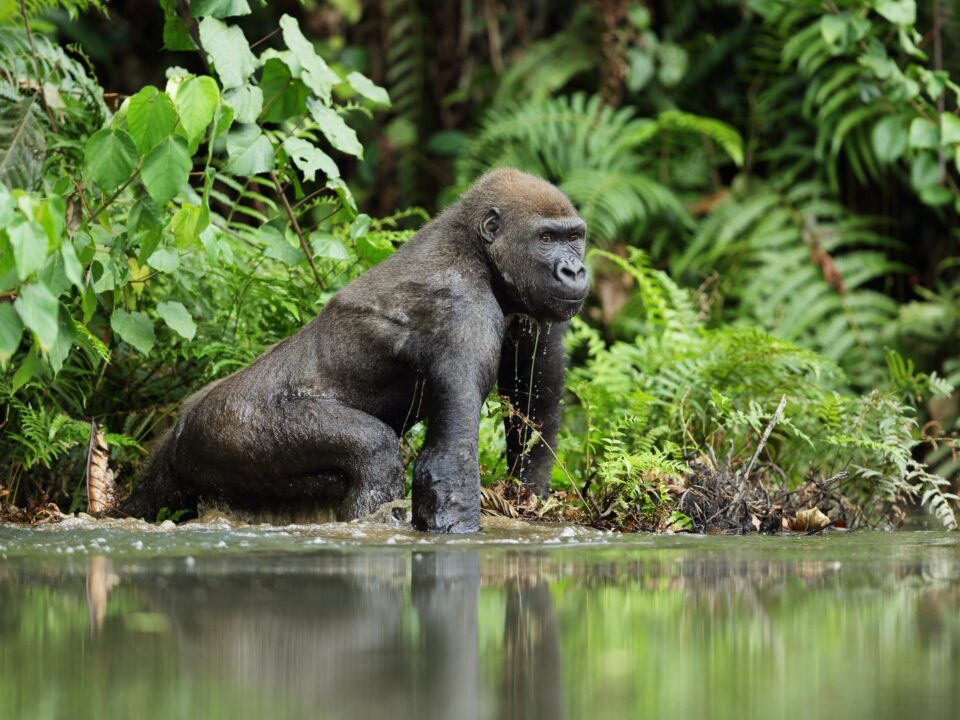Guidelines for Gorilla Trekking in Uganda and Rwanda: Do’s and Don’ts

Gorilla Trekking in the Rainy Season: Off-Season with Guaranteed Permits
January 5, 2023
Fam Trip to Kidepo Valley National Park
January 8, 2023Guidelines for Gorilla Trekking in Uganda and Rwanda: Dos and Don’ts
Gorilla trekking has a set of guidelines, or “dos and don’ts,” that must be followed by tourists in order to protect the gorillas and ensure a safe and responsible trek. These guidelines are issued by the Uganda Wildlife Authority and can be found in a printed leaflet. It is important for all tourists planning to go gorilla trekking to familiarize themselves with these rules and follow them during their trek.
Before departing on your gorilla trekking adventure, there are a few important guidelines to keep in mind:
- Only a maximum of 8 visitors are allowed to visit a group of habituated mountain gorillas in a single day. This is to minimize the risk of exposure to human-borne diseases and reduce behavioral disturbance to the gorillas.
- While on the trek, it is important to keep your voices low and be respectful of the wildlife and surroundings. This will also allow you to better observe the birds and other animals in the forest.
- Remember to wash your hands before setting out to see the gorillas..
- Do not leave any rubbish behind in the park. Carry out everything you bring in.
- Your guide will lead you to where the gorillas were observed the previous day, and you will follow their trail to find them. Keep an eye out for their nests along the way.
- When you approach the mountain gorillas, your guide will let you know when it is time to get ready for the encounter.
While you are with the gorillas, there are a few guidelines to follow in order to protect the animals and maintain a safe and respectful encounter:
- Maintain a distance of at least 7 meters (21 feet) from the gorillas at all times. The further back you are, the more relaxed the group will be.
- Stay in a tight group when you are near the gorillas.
- Keep your voices down and avoid making loud noises. It is okay to ask your guide questions, but do so in a whisper.
- Do not eat, drink, or smoke while you are near the gorillas. This can increase the risk of food or drink droplets falling and potentially transmitting diseases to the gorillas.
- If the gorillas charge, follow the example of your guide and crouch down slowly. Do not look the gorillas directly in the eyes and wait for them to pass. Do not attempt to run away, as this could increase the risk.
- Flash photography is not permitted. When taking pictures, move slowly and carefully.
- Do not touch the gorillas, as they are wild animals.
- The maximum time you can spend with the gorillas is one hour. If the gorillas become agitated or nervous, the guide may end the visit early.
- After the visit, keep your voices down until you are at least 200 meters away from the gorillas.
Here is a list of items to bring on your gorilla safari:
- Wear comfortable hiking shoes that are suitable for steep, muddy slopes.
- Consider bringing earplugs if you are sensitive to jungle sounds.
- Pack a lunch and enough drinking water for the trek.
- Bring rain gear, sunscreen, a hat (as the weather can be unpredictable), and an insect repellent.
- A photo or film camera is allowed, but flash photography is not permitted. We recommend using a film with an ASA of 400-800.
- Other useful items to bring include a backpack to carry all of your belongings, and any personal medications you may need.




